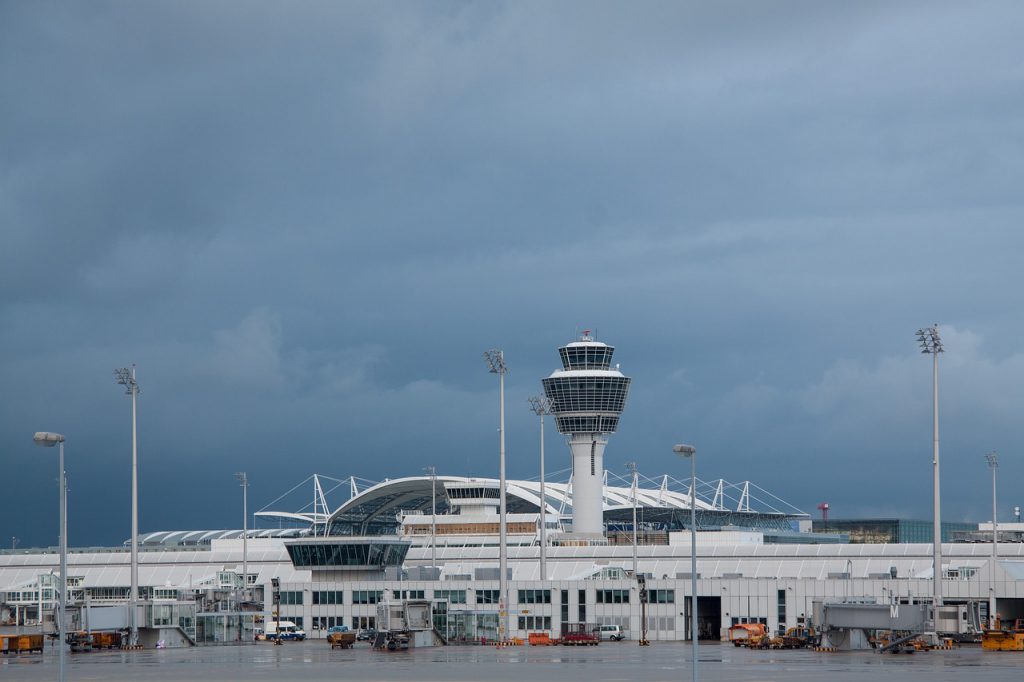The TSA Wants Airports & Airlines To Boost Their Cybersecurity
Introduction
The Transportation Security Administration (TSA) has recently issued a warning to airports and airlines about the need to boost their cybersecurity. With the increasing reliance on digital technology in the aviation industry, there is a growing risk of cyber attacks that could potentially compromise passenger safety and disrupt air travel.
In this article, we will examine the TSA’s warning and the steps that airports and airlines can take to improve their cybersecurity.
The TSA’s Warning
The TSA has urged airports and airlines to be more vigilant about cybersecurity threats, particularly in light of recent incidents where hackers have targeted the aviation industry. In a recent alert, the TSA warned that cyber attacks could lead to system failures or disruptions, and could even compromise the safety of passengers.
The agency also highlighted the importance of cybersecurity in protecting the aviation industry’s critical infrastructure, such as air traffic control systems, baggage handling systems, and other airport and airline operations.
Steps to Improve Cybersecurity
There are several steps that airports and airlines can take to improve their cybersecurity and protect themselves against cyber attacks.
- Conduct Regular Cybersecurity Audits: Regular cybersecurity audits can help identify vulnerabilities in an organization’s systems and processes. These audits can be conducted internally or by third-party cybersecurity firms.
- Implement Strong Access Controls: Access controls are critical to preventing unauthorized access to an organization’s systems and data. Strong access controls should include multi-factor authentication, strong passwords, and regular access reviews.
- Train Employees on Cybersecurity Best Practices: Employee training is essential to ensure that staff are aware of the risks associated with cyber attacks and know how to respond in the event of an attack. Training should include topics such as phishing awareness, password hygiene, and incident response.
- Develop Incident Response Plans: Incident response plans outline the steps that an organization should take in the event of a cyber attack. These plans should include procedures for containing the attack, assessing the damage, and restoring operations.
- Implement Cybersecurity Controls at All Levels: Cybersecurity controls should be implemented at all levels of an organization, from the executive level down to front-line staff. This includes regular security awareness training, security policies and procedures, and technical controls such as firewalls and intrusion detection systems.
Conclusion
As the aviation industry becomes increasingly reliant on digital technology, cybersecurity is becoming an increasingly important consideration. The TSA’s warning highlights the need for airports and airlines to take steps to improve their cybersecurity and protect themselves against cyber attacks.
By conducting regular cybersecurity audits, implementing strong access controls, training employees on cybersecurity best practices, developing incident response plans, and implementing cybersecurity controls at all levels, airports and airlines can help reduce the risk of cyber attacks and protect themselves, their passengers, and their critical infrastructure.

